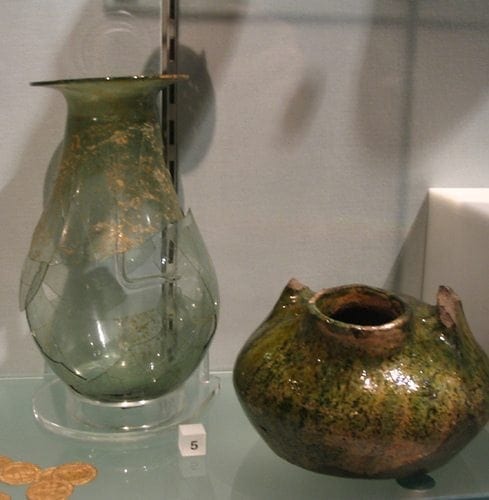Smith, Bell, and the Art of Observation
Sir Sydney Smith had humble beginnings in a village at the heart of the Otago gold fields, near the southern tip of New Zealand. After a stint in the New Zealand Army during the First World War and a colourful career as a medical investigator in colonial Egypt, he went on to hold the Chair of Forensic Medicine in Edinburgh.
Following his retirement Smith wrote a classic account of his adventures as a pioneer of forensic science. His autobiography was aptly titled “Mostly Murder“. Professor Keith Simpson once commented that his colleague was a reincarnation of Joseph Bell. Bell is the Edinburgh surgeon long since over-shadowed by the fame of his alter-ego, known to us all as Sherlock Holmes. Arthur Conan Doyle modeled his fictional detective on his impressive former teacher.
In “Mostly Murder“, Sir Sydney Smith relates many stories about Bell, including how he impressed upon his students the overwhelming importance of the art of observation.
As a man Sherlock Holmes was hardly a lovable character, and in this respect he does not seem to have resembled his original at all. Joe Bell had a kind heart and a keen sense of humour. “You must observe everything, gentlemen,” he used to tell his students.
“Use your eyes; use your fingers; use all your faculties before coming to a decision about anything.“
Once, while talking in this vein, he held up a tube containing fluid of a nauseous nature.
Now, gentlemen, apply your powers of observation to this sample. Before attempting to carry out any chemical procedures, do as I do. Look at it – observe its colour, see whether it is opalescent or clear. Smell it: has it any particular odour that you can recognise? Taste it.
Whereupon he put his finger into the glass and raised his hand to his mouth, making a grimace as he did so.
The sample was then handed around the class, and each student in turn looked at it, smelt it, put his finger in it, tasted it, and grimaced. When they had all finished Bell then addressed them again:
That, gentlemen, indicates the complete lack of observation in the members of this class. Not one of you observed that whereas I placed my forefinger in the glass, it was my middle finger that I put in my mouth.
– excerpt from “Mostly Murder” by Sir Sydney Smith, 1959.

NOTE: In the following quotation, Osler never mentions “the tongue to taste…”. Sir William Osler was indeed, a wise man.
The art of medicine is in observation. The whole art of medicine is in observation… but to educate the eye to see, the ear to hear and the finger to feel takes time, and to make a beginning, to start a man on the right path, is all that we can do.
Sir William Osler, 1903.
I wonder what Smith, Bell and Osler would have made of this?
References
- Mostly Murder: Sir Sydney Smith’s Autobiography
- Cadogan M. Unusual Urine Cases. LITFL
Chris is an Intensivist and ECMO specialist at The Alfred ICU, where he is Deputy Director (Education). He is a Clinical Adjunct Associate Professor at Monash University, the Lead for the Clinician Educator Incubator programme, and a CICM First Part Examiner.
He is an internationally recognised Clinician Educator with a passion for helping clinicians learn and for improving the clinical performance of individuals and collectives. He was one of the founders of the FOAM movement (Free Open-Access Medical education) has been recognised for his contributions to education with awards from ANZICS, ANZAHPE, and ACEM.
His one great achievement is being the father of three amazing children.
On Bluesky, he is @precordialthump.bsky.social and on the site that Elon has screwed up, he is @precordialthump.
| INTENSIVE | RAGE | Resuscitology | SMACC
